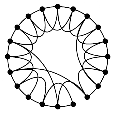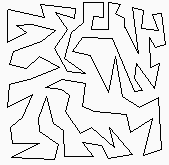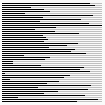Preparing for week 7
- Read chapter 6 (6.2 only Gaussian Elimination, 6.3 only 2-3 Trees, skip 6.5);
- Attempt these problems before the tute: 6.1: 3, 11 (3, 10 in first edition); 6.3: 7 (for a different input); 6.4: 1, 6; 6.6: 5;
- Complete the week 5 lab exercise on directed graphs.











 Volunteers are needed to assist the CSSE department with various activities at
Volunteers are needed to assist the CSSE department with various activities at 

